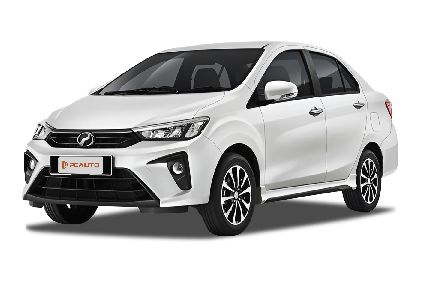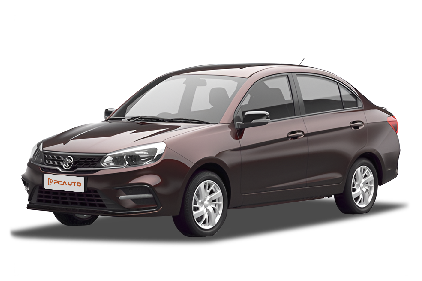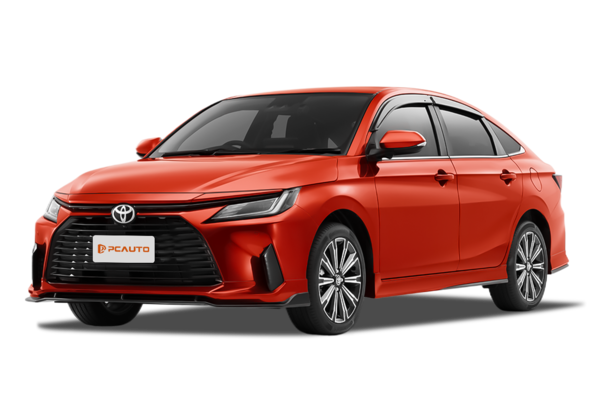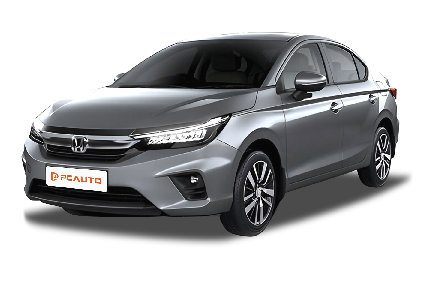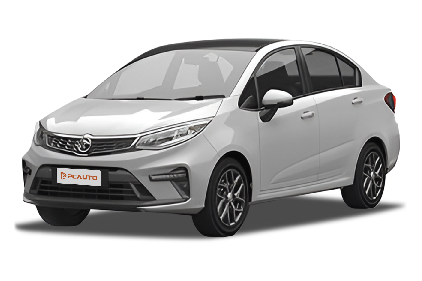

Reference Only. Update Soon
2011 Rolls-Royce Ghost Ghost Extended Wheelbase
No.34 in Best SedanPrice
RM 3,720,000
Select a Vehicle Variant
2016 Rolls-Royce Ghost Ghost Black Badge RM 1,000,000
Summary
Drivers love the 2011 Rolls-Royce Ghost Ghost Extended Wheelbase, a Luxury Sedan launched in 2011. At RM 3,720,000, it’s great value. Carry 5 people easily – the roomy interior measures 5569mm long, 1948mm wide, and 1550mm tall. Ideal if you haul kids or gear but want easy city handling.
It cruises smoothly at up to -km/h. With its 6592cc engine, you get lively acceleration without high fuel costs. For a versatile ride that’s stylish and dependable, the 2011 Rolls-Royce Ghost Ghost Extended Wheelbase ticks every box.
It cruises smoothly at up to -km/h. With its 6592cc engine, you get lively acceleration without high fuel costs. For a versatile ride that’s stylish and dependable, the 2011 Rolls-Royce Ghost Ghost Extended Wheelbase ticks every box.
Core Specs
Segment
Luxury
Engine Capacity(cc)
6592
Transmission
AT
Fuel Comsumption (L/100km)
-
Fuel Tank(litres)
82.5
Top Speed(km/h)
-
Seats
5
Length(mm)
5569
Width(mm)
1948
Height(mm)
1550
Wheelbase(mm)
3465
Boot Volume(L)
490
Other Variants
Price
RM 3,720,000
Body
5569×1948×1550
Engine Power(PS)
571
Engine Torque(Nm)
-
TRANSMISSION
AT
Fuel Consumption
-
Rolls-Royce Ghost Dealers
Popular Cars
Model Year
Car Compare
Car Photo
Model List
Rolls-Royce Ghost is a Luxury Sedan car launched by Rolls Royce. PCauto has cataloged various variants of this car produced from - to -.You can compare differences in detail at the parameter table.
Among the 0 variants of Rolls-Royce Ghost, prices range from the affordable TBC to the most expensive TBC.You can find different horsepower versions ranging from - to -.
Rolls-Royce Ghost offers - engines and - transmission. Check the spec sheet for more details.
0 Model on Sale
2016
2011
2010




